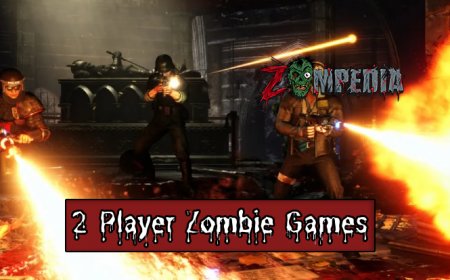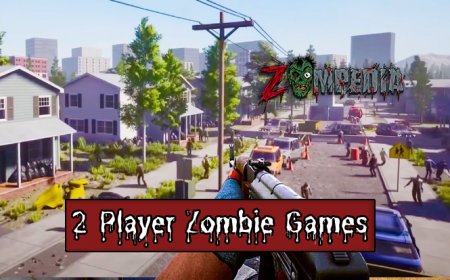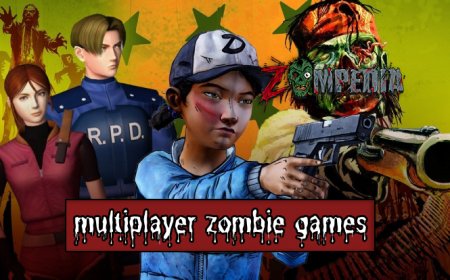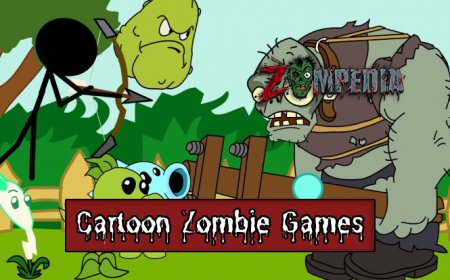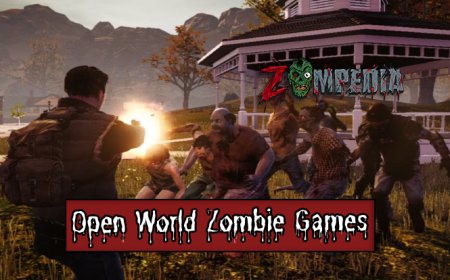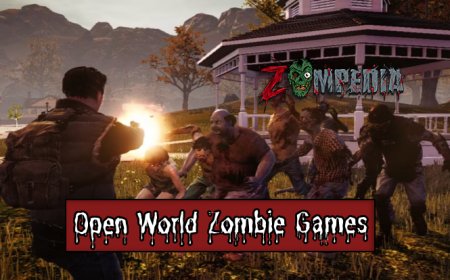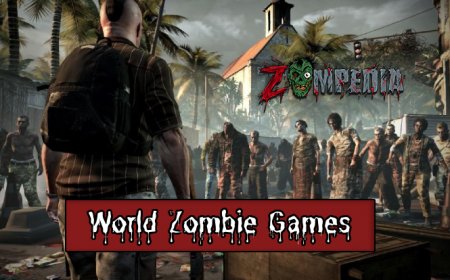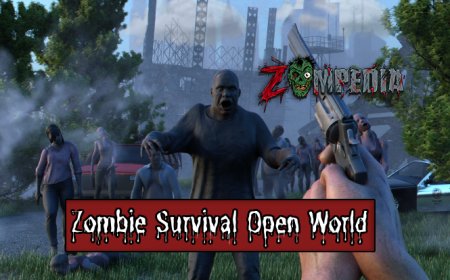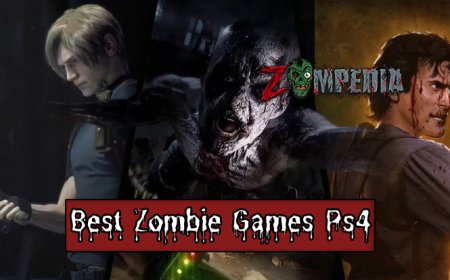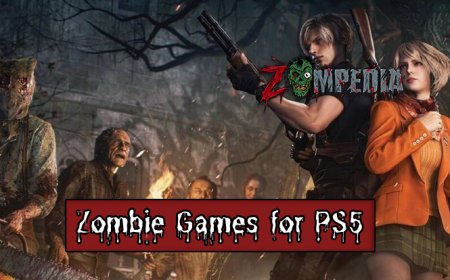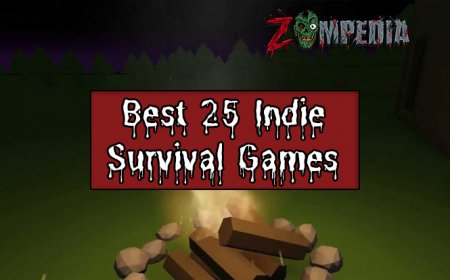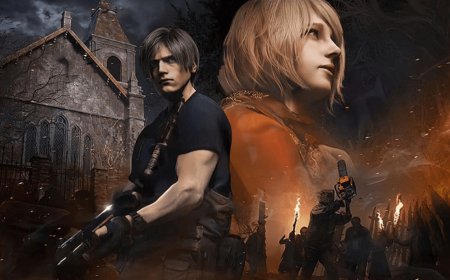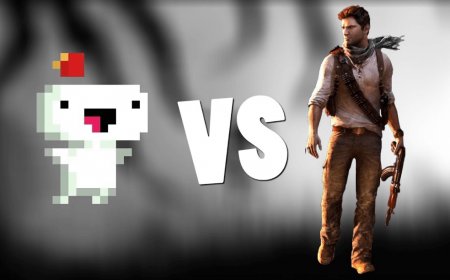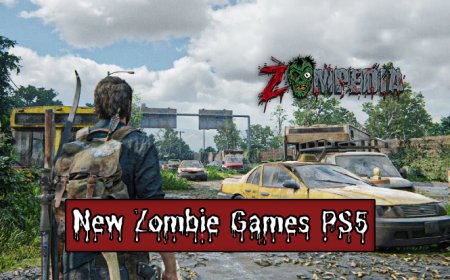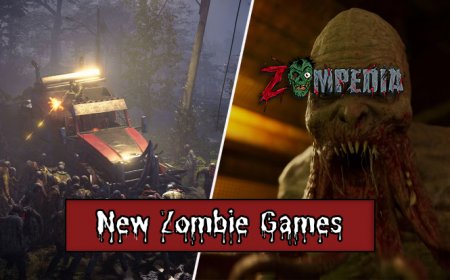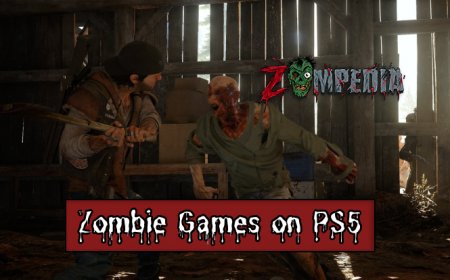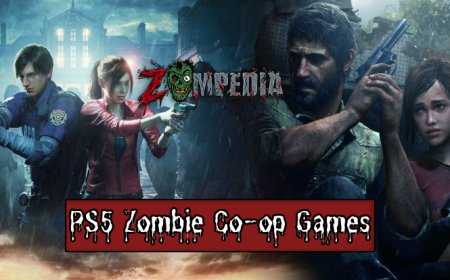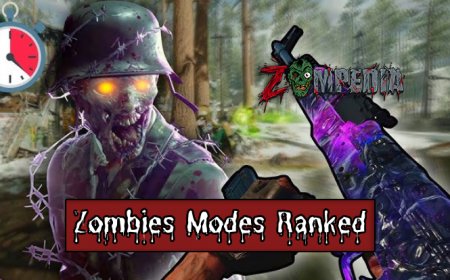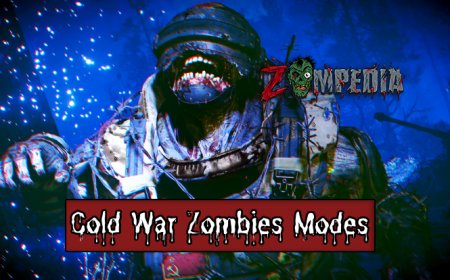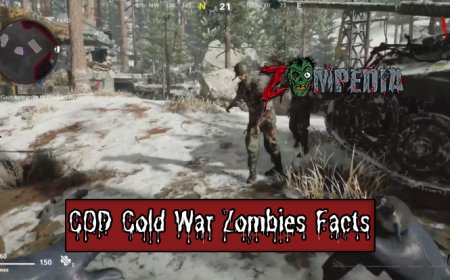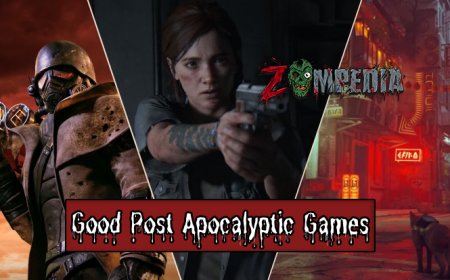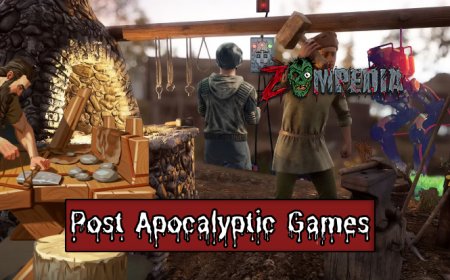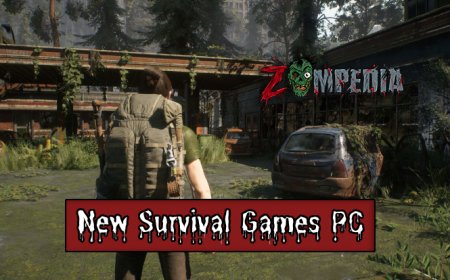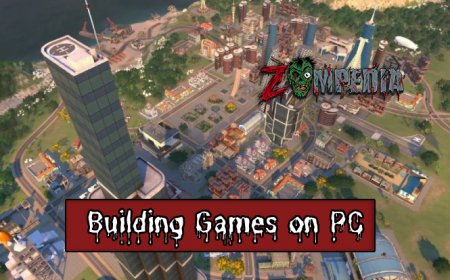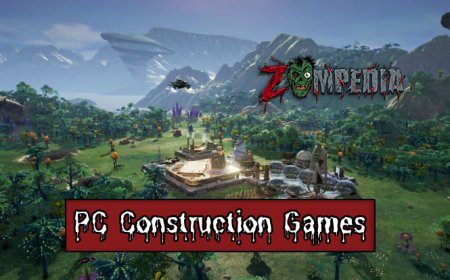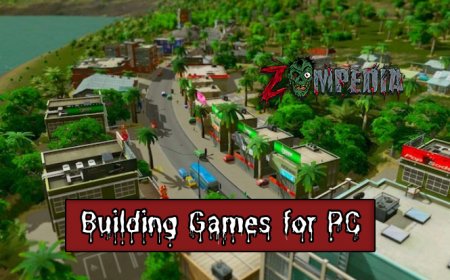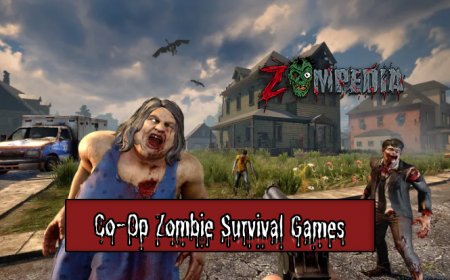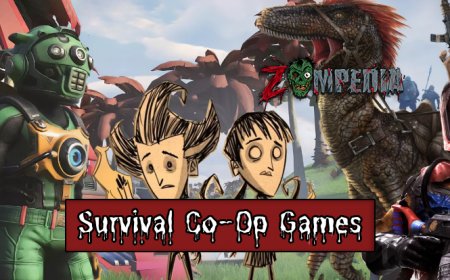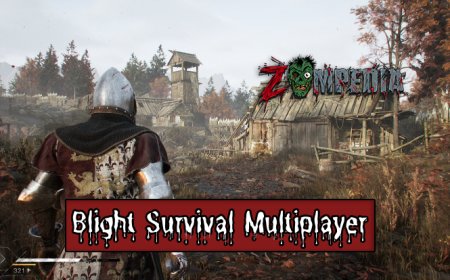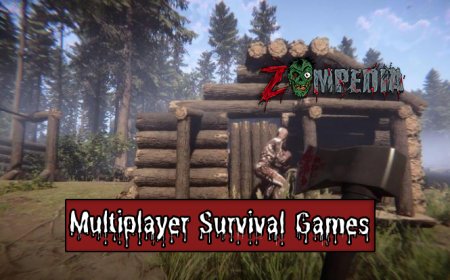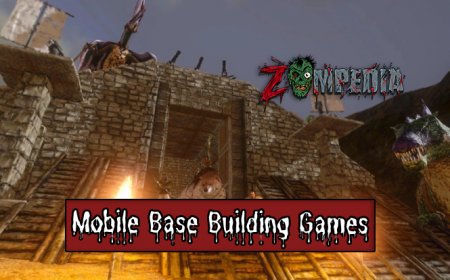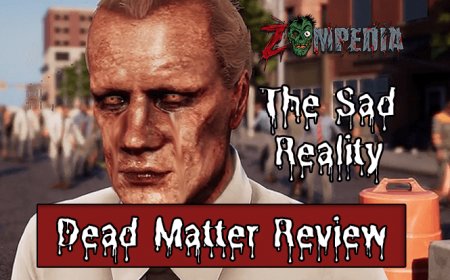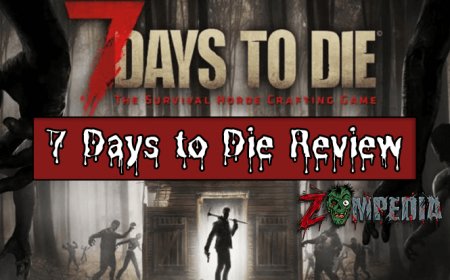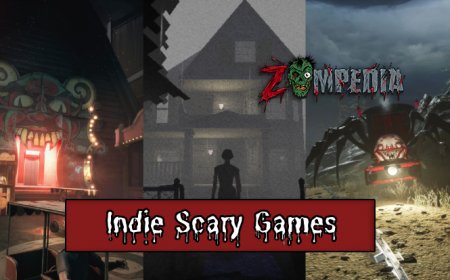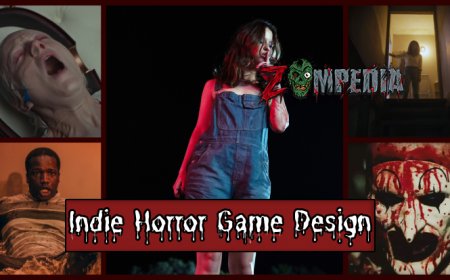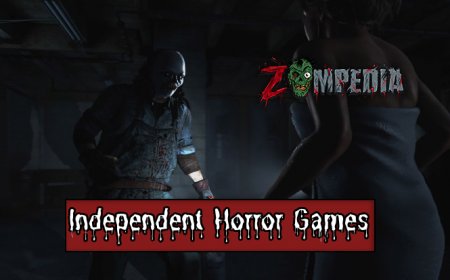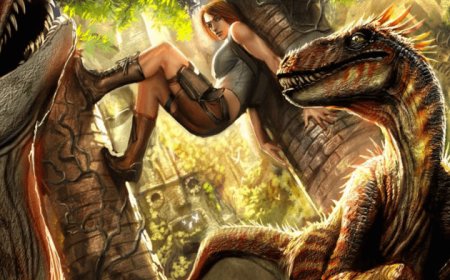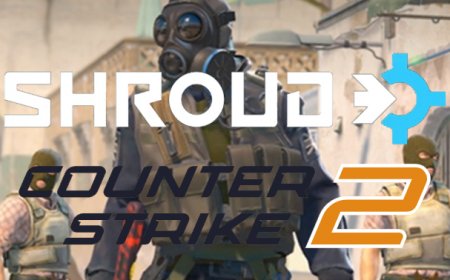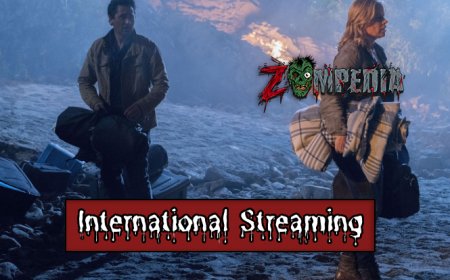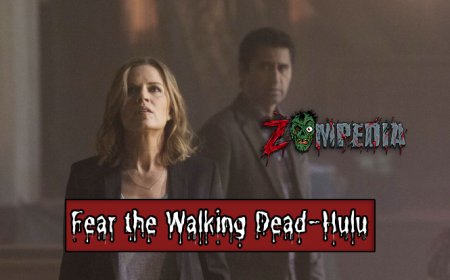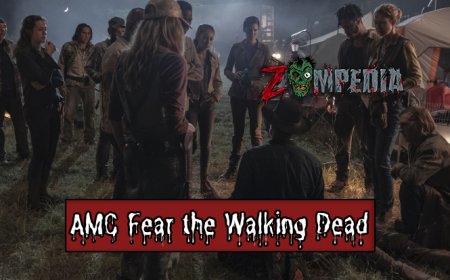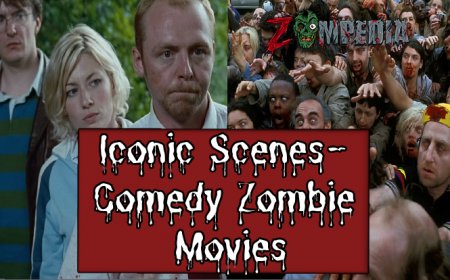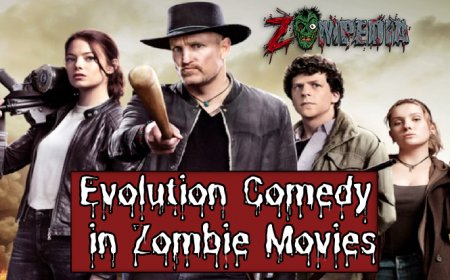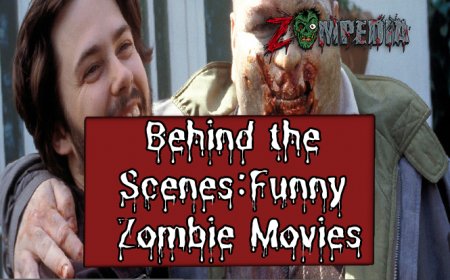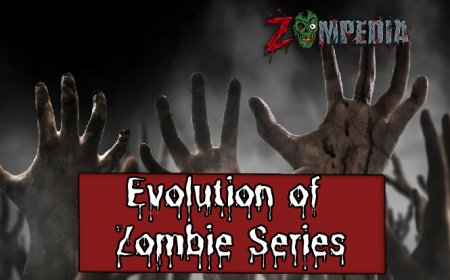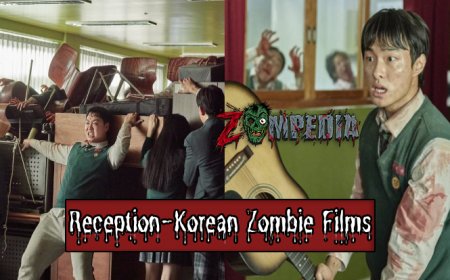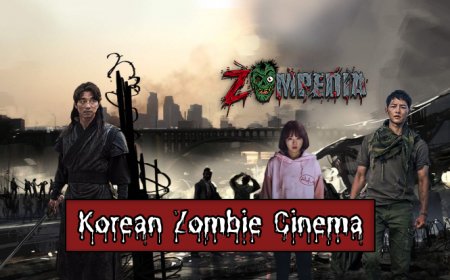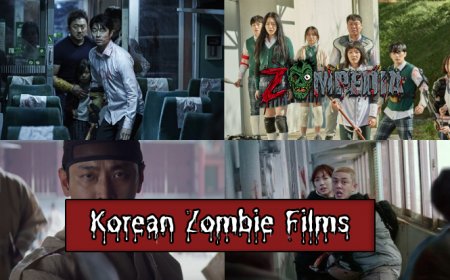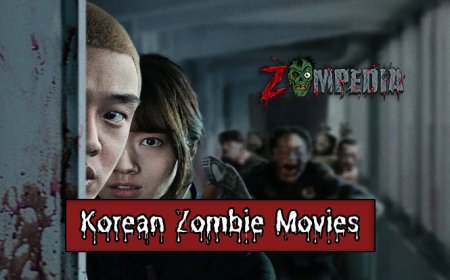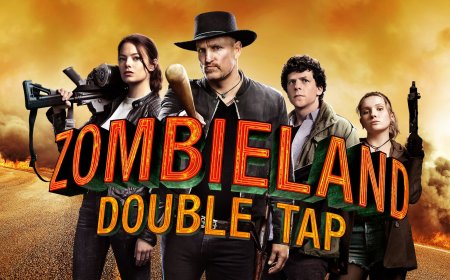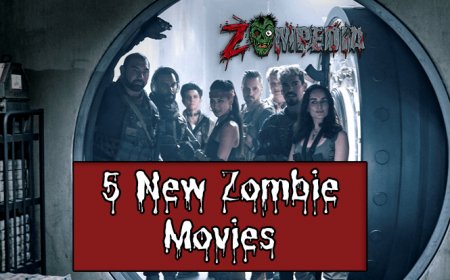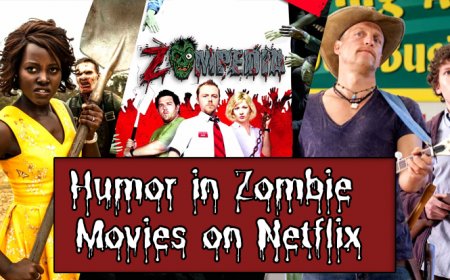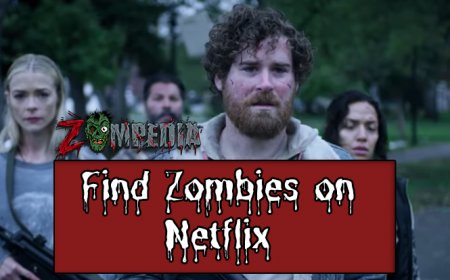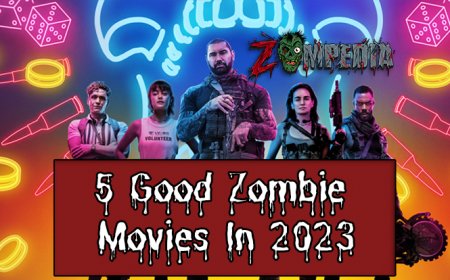The Making of Popular Zombie Series: Behind-the-Scenes Insights
Discover the creative process behind your favorite zombie series, from inception to production. Get exclusive behind-the-scenes insights here!

In recent years, the popularity of zombie series has reached new heights, with thrilling stories of undead apocalypses taking over our television screens. From gripping tales of survival to complex character arcs, these series have captivated audiences worldwide. In this article, we will explore the making of popular zombie series, diving into the creative process from concept to production.
Table of Contents
- The Birth of a Zombie Series: Concept and Inspiration
- Pre-production: Building the World of the Undead
- Casting and Character Development
- Production: Filming and Special Effects
- Post-production: Editing, Sound, and Visual Effects
- The Impact of Zombie Series on Pop Culture
- Conclusion
The Birth of a Zombie Series: Concept and Inspiration
A successful zombie series starts with a strong idea, often inspired by a combination of real-world events, mythology, and the work of preceding writers and filmmakers. The emergence of popular zombie series has its roots in the early 20th century, when the concept of the living dead began to capture the imagination of the public through literature and films. Some key series that transformed the genre are:
- Night of the Living Dead by George A. Romero – The 1968 classic that began the modern zombie craze.
- The Walking Dead by Robert Kirkman – A comic book series turned into an immensely successful TV show.
- 28 Days Later by Danny Boyle – A film that brought fast-moving zombies to the forefront.
These groundbreaking series and films laid the foundation for future creators, who have since continuously refined and reimagined the genre. Each new story takes inspiration from real-world events and concerns, such as pandemics or societal collapse, and merges them with a post-apocalyptic vision that appeals to the darkest parts of our imaginations.
Pre-production: Building the World of the Undead
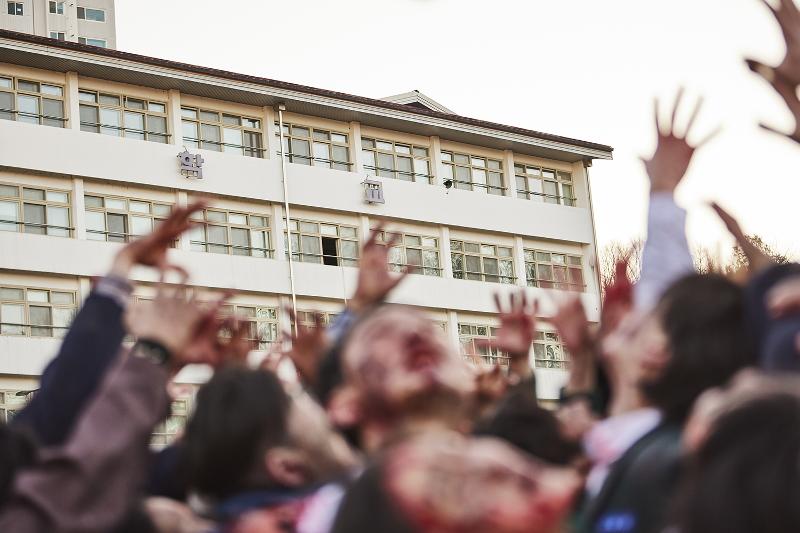
During the pre-production stage, the creators define the world in which the story will take place. The worldbuilding process involves brainstorming, conceptualizing, and visualizing various aspects of the series, including setting, atmosphere, and the rules governing the zombie-infested world.
- Setting and Atmosphere: The post-apocalyptic world of popular zombie series is a desolate place. Creators have to precisely and vividly describe or portray the aspects of devastation, scarcity, and despair – including abandoned buildings, empty streets, and tumultuous weather – to emphasize the atmosphere and immerse their audience.
- Rules of the Undead World: Defining the set of rules of the undead world is crucial to creating internal consistency within the series. This includes establishing the cause of zombification – be it a virus or supernatural force – and the behavior of zombies, such as their level of intelligence or sensitivity to light and sound.
- Visualizing the Post-Apocalyptic Landscape: Concept art and mood boards play a vital role in creating visualizations of the story world. This helps to ensure that all members of the crew, from the director to the set designer, share a consistent view of what the series should look like.
Casting and Character Development
A major factor that makes a zombie series successful is the development of complex, interesting characters. These characters drive the story, generate emotion, and often represent larger themes or messages. Good casting is essential to bring these characters to life, as is providing the necessary background and motivations to ensure they are well-rounded.
- Finding the Right Actors: The Walking Dead is known for its diverse, ensemble cast that features a mix of well-known performers and fresh faces. This trend extends to many newer zombie series, where creators have placed emphasis on finding actors with the right skills and chemistry to bring their characters to life.
- Developing Complex and Engaging Characters: Audiences invest in characters with depth, relatability, and clear motivations. Writers must invest time in building the character arcs, relationships, and backstories that make even the most gruesome of zombie series emotionally engaging.
- Creating Memorable Villains and Heroes: Zombie series often feature distinct hero and villain characters, each with their motivations, flaws, and strengths. Memorable heroes inspire hope and resilience, while memorable villains serve to challenge the protagonists and help explore the darker aspects of human nature.
Production: Filming and Special Effects
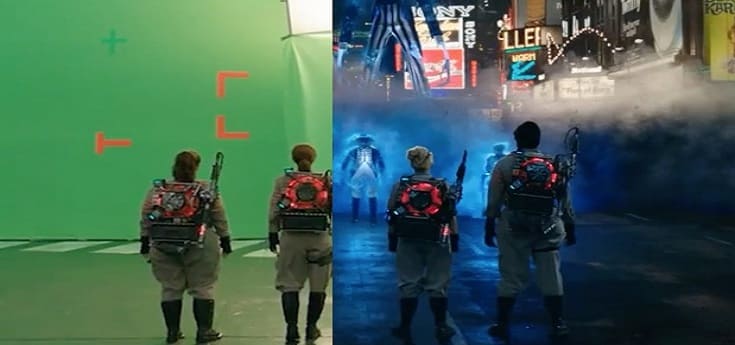
Once pre-production is complete, the shooting of the series begins. Filming a zombie series requires a careful balance of practical and visual effects to convincingly bring the undead to life on screen.
- Filming Techniques: Camera work and lighting play a significant role in capturing the essence of a zombie series. Directors must skillfully use techniques such as steady cams, handheld shots, and tracking shots to create tense and atmospheric scenes that keep the audience on the edge of their seats.
- Special Effects: Using practical effects, such as prosthetics, makeup, and animatronics, adds a sense of realism and tangibility to the undead. These techniques, combined with computer-generated imagery (CGI), enhance scenes where CGI alone might not suffice. The effort put into portraying the unique and varied looks of the undead is a testament to the dedication of the special effects teams involved.
- Bringing the Undead to Life on Screen: Coordinating the movements and actions of both zombie and human characters can be challenging. Directors, choreographers, and actors must work together to establish movements, choreography, and fight scenes that are reflective of the show's undead rules while maintaining realism and excitement for the audience.
Post-production: Editing, Sound, and Visual Effects
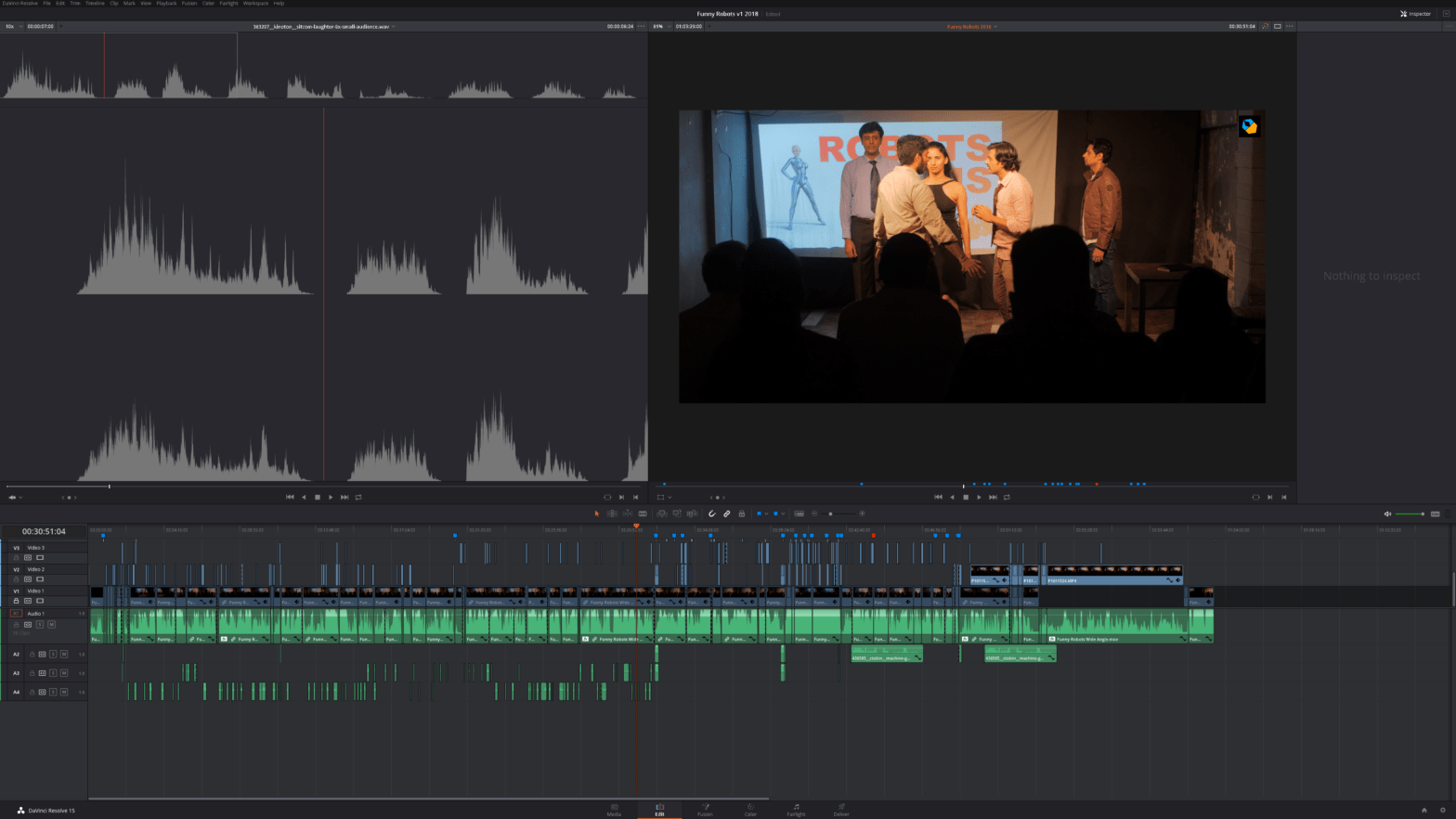
With filming complete, the post-production stage commences. This stage is when the story is pieced together, bringing the final product closer to life. It involves editing, sound design, and visual effects to finalize the series into a cohesive and engaging experience for the viewer.
- Stitching Together the Story: The editing process is where the magic happens. Editors must be highly skilled in assembling clips and scenes together to tell a coherent and compelling story that fits the creative vision of the showrunners.
- Crafting the Sound Design and Score: The audio elements of a zombie series can make or break the viewer's immersion. Sound designers and composers must create a soundscape that complements the visuals - eerie ambience, jump scares, and an emotionally resonant score all contribute to the overall atmosphere and experience.
- Enhancing the Visuals with Visual Effects: In the digital age, visual effects have become increasingly important in the zombie genre. By augmenting practical effects with CGI, artists help create a more believable and terrifying world, seamlessly adding detail and depth to the undead onslaught.
The Impact of Zombie Series on Pop Culture

Zombie series have transcended the small screen, leaving a lasting impact on popular culture and spawning multiple adaptations and spin-offs in various forms of media. The genre has evolved over time, reflecting society's changing fears and concerns.
- Influence on Other Forms of Media: The success of popular zombie series has inspired other works, such as novels, comic books, video games, and even board games. For example, The Walking Dead has spawned novels, multiple video game adaptations, and the spin-off series Fear the Walking Dead and The Walking Dead: World Beyond.
- Reflection of Societal Fears and Concerns: Storylines in zombie series often mirror real-world anxieties, such as pandemics, breakdowns in social order, and the struggle for survival. These themes resonate with audiences, providing a channel for confronting and understanding these issues through fictional narratives.
- Evolution of the Zombie Genre: Over time, the genre has undergone significant transformation. As societal concerns shift, so do the rules and themes within these stories. This adaptability ensures that the genre remains relevant, evolving to address new issues and challenge audiences in novel ways.
Conclusion
From concept to production, the making of popular zombie series is a lengthy and exciting process. Creators take inspiration from numerous sources and rely on a combination of practical and digital effects to bring their apocalyptic world to life. The enduring popularity of zombie series has significantly impacted popular culture, leaving a lasting legacy in various forms of media and reflecting the ever-changing fears and concerns of its audience. As the genre continues to evolve, so too will the stories and worlds that future creators will imagine, ensuring that zombie series remain a staple of our small screens for years to come.
What's Your Reaction?








